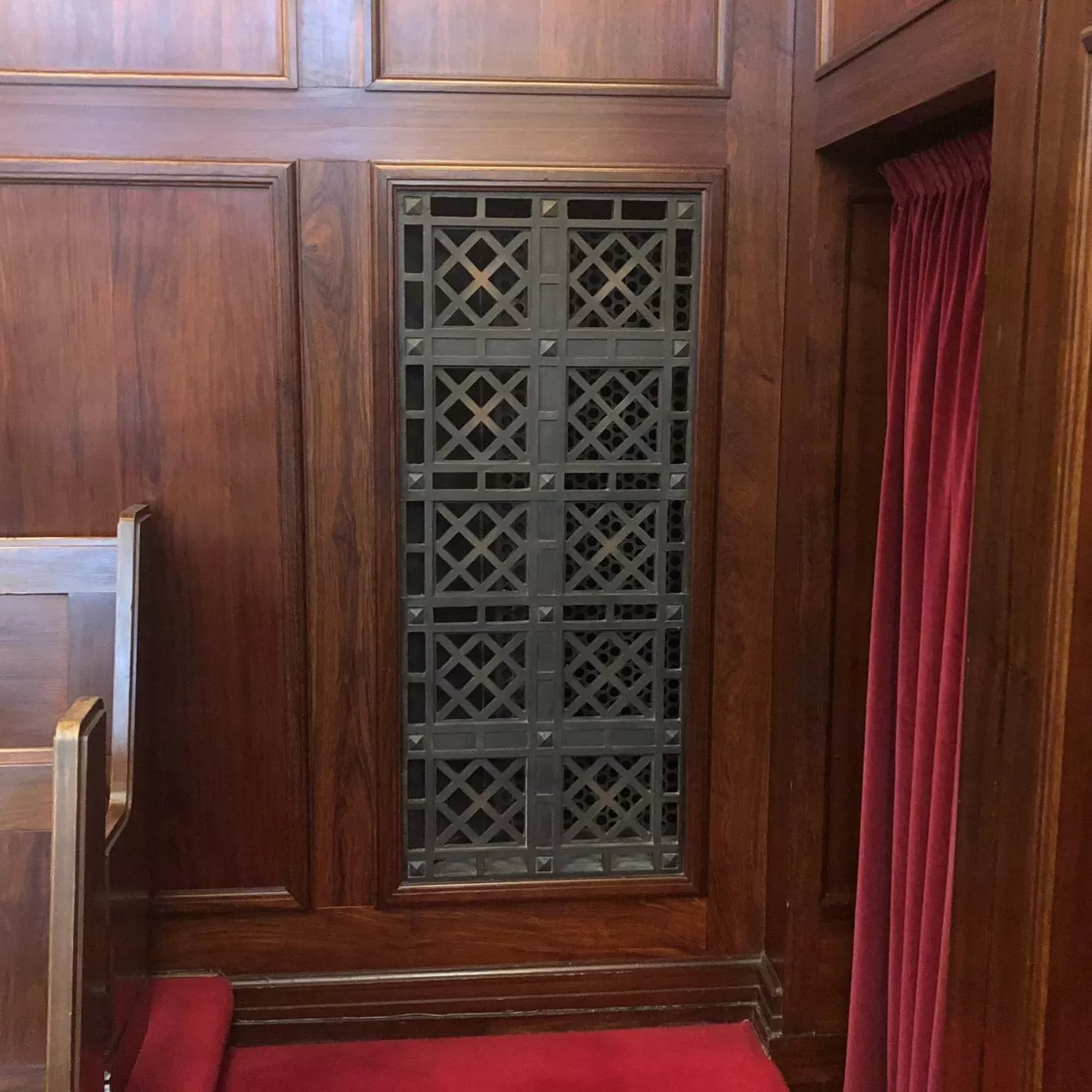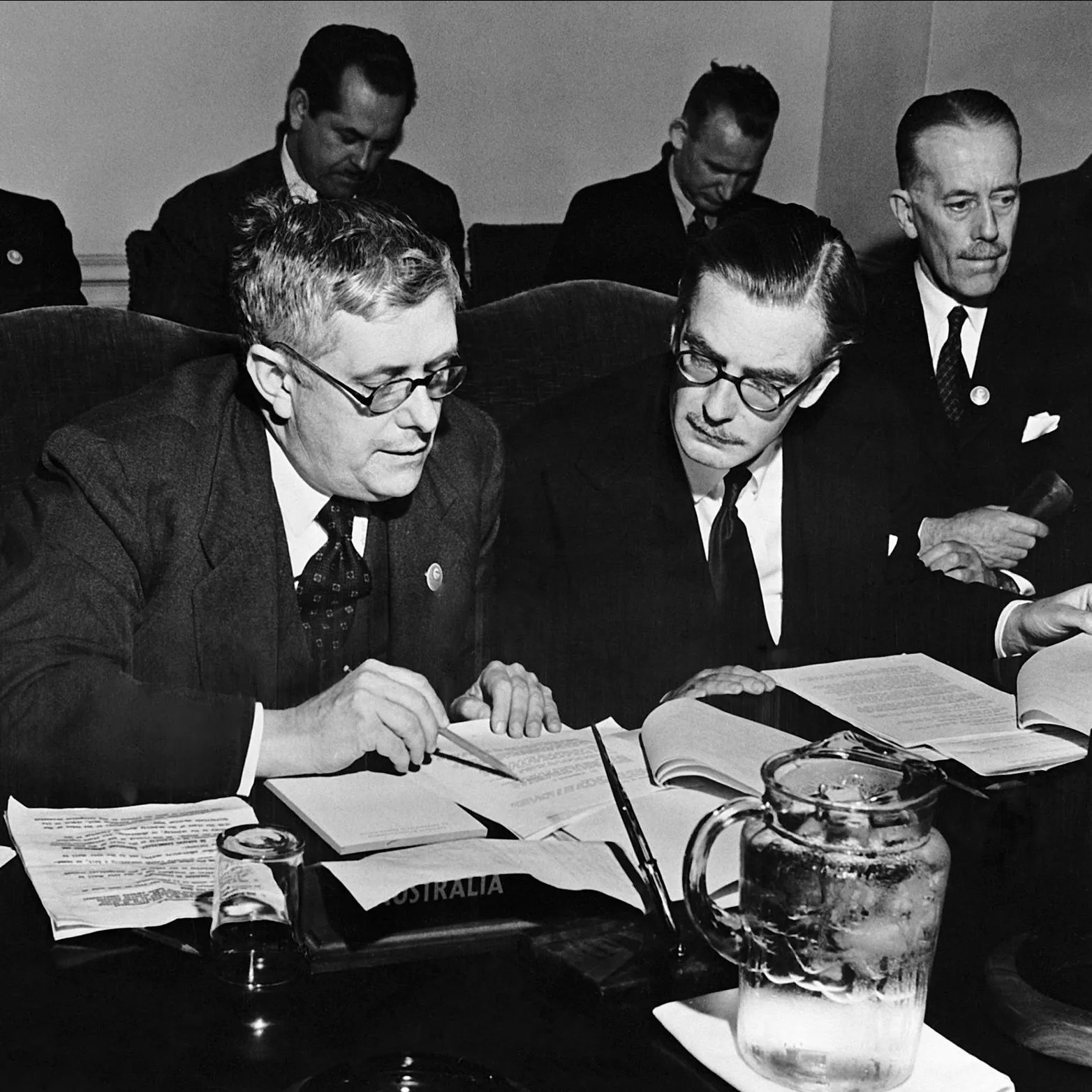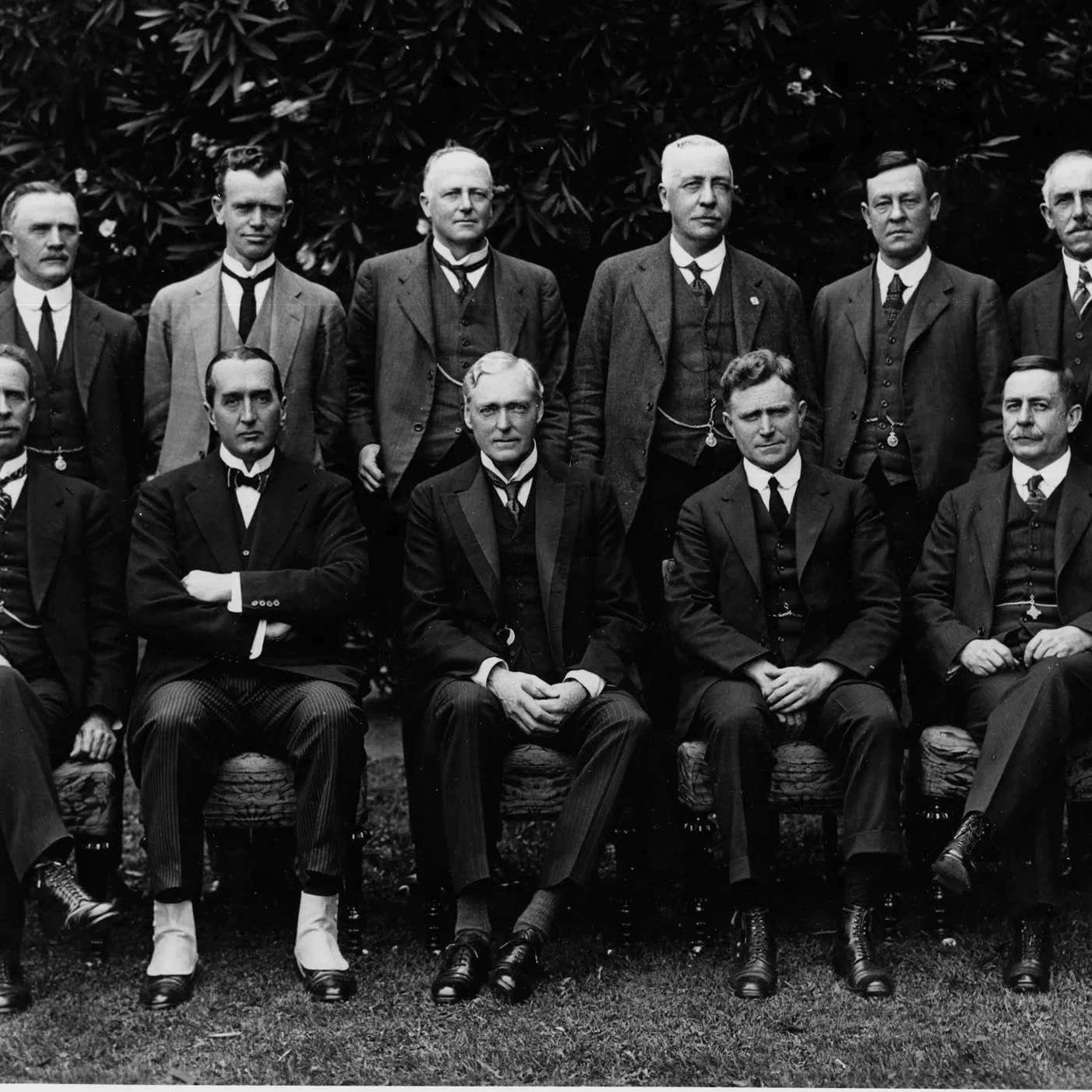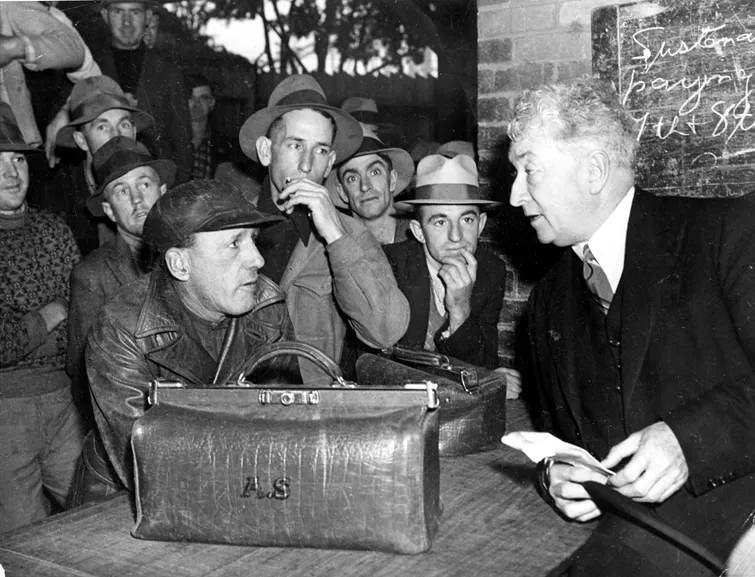Not just hot air in the chambers
- DateTue, 26 Feb 2013
Visitors often ask our volunteers and visitor experience staff about the bronze ventilation ducts in the House of Representatives and Senate chambers.
These were installed during construction of the building (1923–1927) as part of the original air conditioning system. A lot of people are amazed to learn that air conditioning even existed at that time, and wonder how elaborate it could have been. It was even suggested (exactly when and by who is lost somewhere in the mists of time) that the ducts let in air that had been cooled by large fans in the bowels of the building blowing over blocks of ice—a primitive but effective system… and absolutely not true!
The recognition of the extremes of Canberra’s climatic conditions was made early during the planning of the building, and in 1923 the Parliamentary Standing Committee on Public Works recommended that 'provision be made for the installation of an up-to-date air conditioning plant capable of eliminating the dust and regulating the humidity of the atmosphere in Canberra.' (Joint Standing Committee on Public Works Report, Erection of Provisional Parliament House Canberra 1923).
An engineering heritage study prepared by Keith Baker and Associates Pty Limited in 2003 states the resulting original air conditioning of the chambers and parliamentary library was a significant technical achievement for its time and was highly significant as a very early example of air conditioning of large spaces in Australia, and an early example for Parliamentary Chambers worldwide.
The 2003 report also provides the following description of how the 1927 system worked:
The ventilation system was designed to ventilate with either hot or cooled air the Senate Chamber, the House of Representatives, the Library and Book Store. A certain amount of the heating required in winter was supplied by direct radiation, but the main effect was obtained from the temperature of the incoming air. The system was of the Plenum and Extraction type, with the incoming air passing through a spray to cleanse out all dust, then passing through a battery of heaters before being distributed by an extensive system of ducts. Extraction was effected through another system of ducts and the air was discharged above the roof. Means were provided for reversing the flow of air, to extract either from the upper levels or floor level according to atmospheric temperatures.
Two 8-ton refrigerators were provided to cool the air in summer time and the temperature and humidity were controlled manually by variations in the spray conditions and the temperature of the heating battery. The attendants were guided by several hygrometers and thermometers.
The system included the installation of two fans, covering plenum and exhaust, with a duty of 36,000 cubic feet per minute, and several smaller fans; several hundred feet of galvanised iron duct work, two 8-ton refrigerators, cooling tanks, water sprays and heaters for conditioning the air.
So, it was a little more complex than a fan blowing over ice in the basement!

The bronze ventilation duct in the Senate









